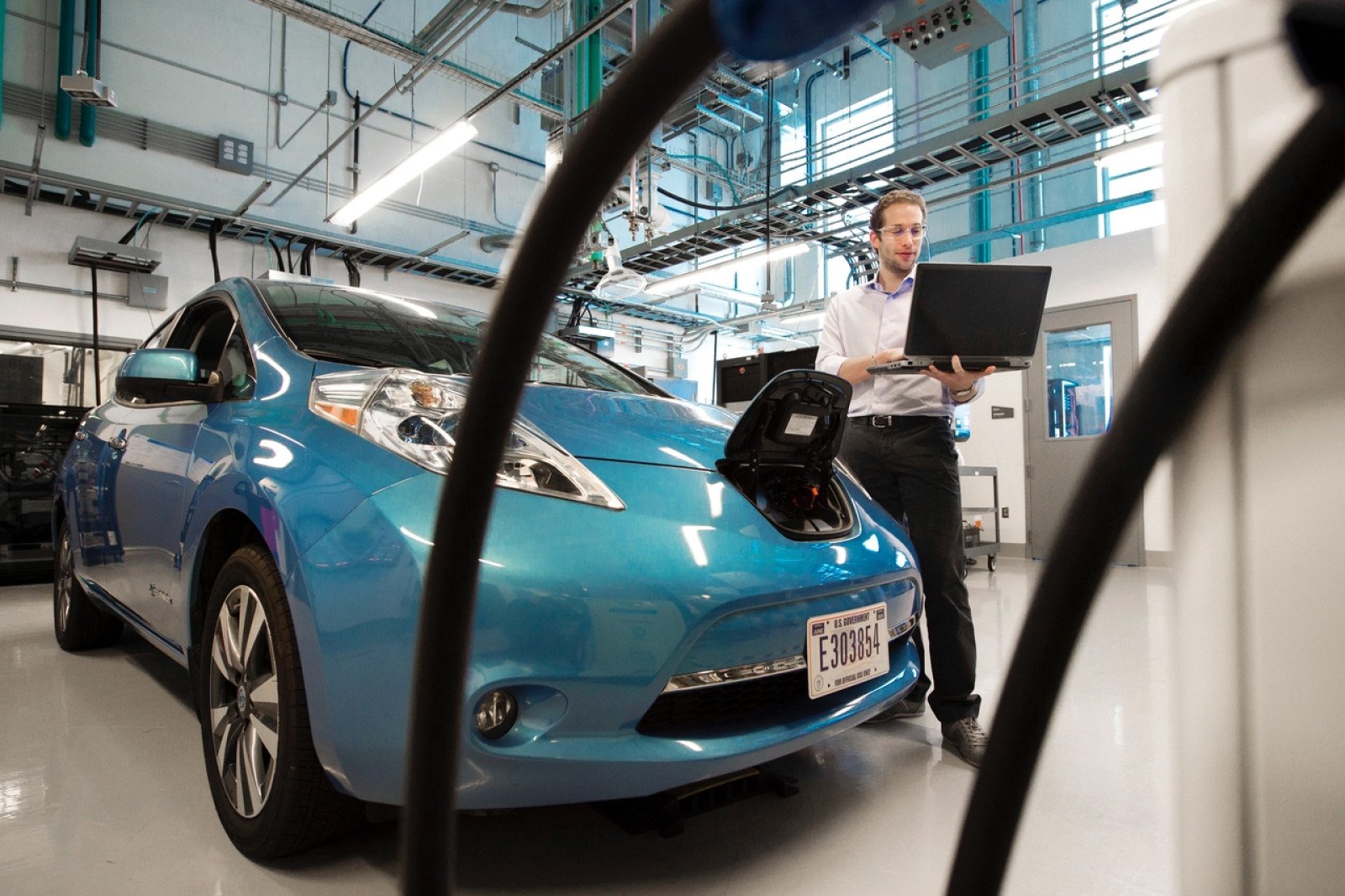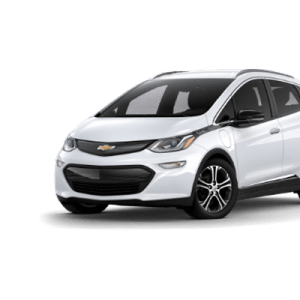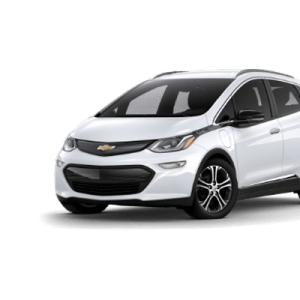
Overview
Sort the car parts you need and watch a video to learn how an electric car works.
Instructions
What you'll need
- “Inside an EV” instructions presentation
- "Car parts" student handouts, print a class set with one set per group (plan for 3-4 students per group)
- "Car parts" answer key, print a class set, one per student group or project onto screen for class to see
- "How do electric cars work" video
- Pull up the “Inside an EV” instruction presentation.
- Explain to the students that they will be doing an activity to learn about the components of an electric vehicle versus a gas-powered vehicle.
- Divide the class into small groups of 3-4 students and provide each group with a copy of the “Car parts” student handout and scissors. Have the students cut the pictures and sort into 3 categories:
- Electric car parts
- Gas-powered car parts
- Parts common to both as seen on slide two
- Once sorted, provide each group with an answer key.
- Ask students to discuss the components of an electric car versus a gas-powered car.
- On slide 5, show the "How do electric cars work" video.
- On slide 6, discuss the questions with the students. Some prompts can include: reduced exhaust, lower cost, quieter driving, ease of charging at home, inconvenience around charging away from home, expense of vehicle, etc.
Modify or extend this activity
Extension
- Have the students explore the cost of EVs by going to this page.
- Students can learn more about the different kinds of EV technologies and types here.
- Do the "Innovation in transportation" activity to explore more transportation technologies that reduce greenhouse gas emissions.
- Learn more about how EVs are a key part of B.C.’s Climate Leadership Plan to combat climate change.
Curriculum Fit
Grade 6, 7, 8 Physical and Health Education
Big idea
- Healthy choices influence our physical, emotional and mental well-being
Content
- How to participate in different types of physical activities, including individual and dual activities, rhythmic activities, and games
Curricular competencies
Physical literacy
- Develop, refine, and apply fundamental movement skills in a variety of physical activities and environments
Healthy and active living
- Assess factors that influence healthy choices and their potential health effects (Grade 7, 8)
Grade 6, 7 Science
Big idea
- Earth and its climate have changed over geological time (Grade 7)
Content
- Newton’s three laws of motion describe the relationship between force and motion (Grade 6)
Curricular competencies
Questioning and predicting
- Identify questions to answer or problems to solve through scientific inquiry
Grade 6, 8 Social Studies
Big idea
- Complex global problems require international cooperation to make difficult choices for the future (Grade 6)
- Changing ideas about the world created tension between people wanting to adopt new ideas and those wanting to preserve established traditions (Grade 8)
Curricular competencies
- Ask questions, corroborate inferences, and draw conclusions
Assessments
- Assess students’ skills working in groups, communicating and sharing ideas.
- Assess students’ thinking through how things work and problem solving.
- Assess students’ basic understanding of gas-powered and electric cars.
Teaching Notes
Transportation in B.C.
In Canada, we have unique challenges for transportation as distances are great and communities are often far apart. Subsequently there is a dependency on cars, which up to now have been primarily gas-powered vehicles. However, with carbon reduction targets, and concerns regarding air quality and rising gas prices, electric vehicles are gaining traction.
Electric vehicles have a number of benefits, which include lower operating ‘fuel’ costs, less maintenance, and better air quality. However, there are some barriers to owning an EV including access to charging stations and higher upfront costs. The government is now offering rebates for EVs that help alleviate some of these barriers.
BC Hydro’s renewable electricity
BC Hydro uses the power of falling water to create clean, reliable and renewable electricity. With respect to lower emissions and air quality, EVs make sense, but particularly in B.C. as the majority of our electricity is renewable. See here for an analysis of the costs of electric vehicles.
BC Hydro is supporting electric vehicle adoption in B.C. by working with local, provincial and federal governments on initiatives to expand its fast charging station network. There are currently more than 1,000 charging stations (including over 70 fast charging stations as of February 2020), with additional stations being added yearly.







